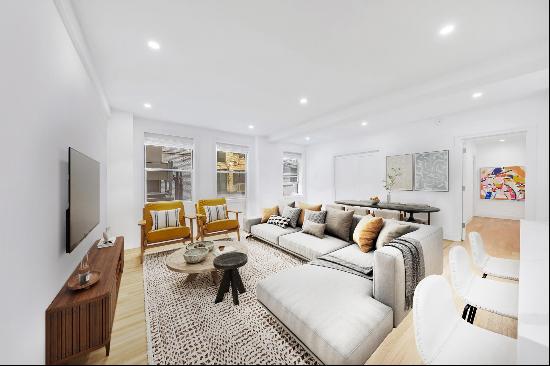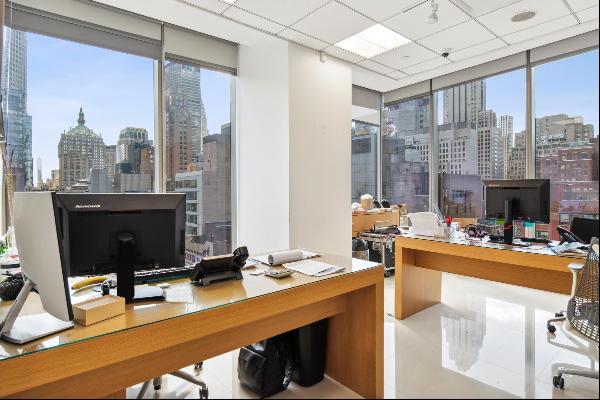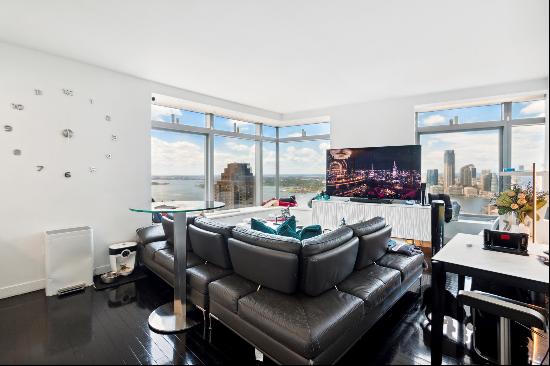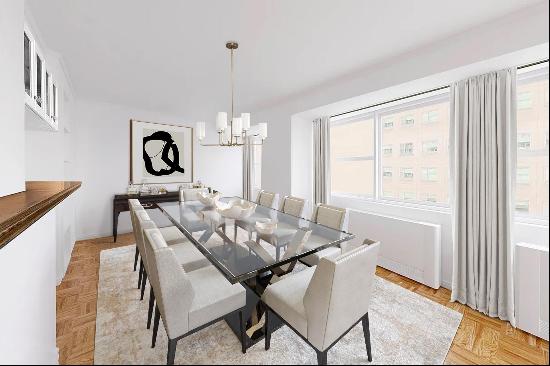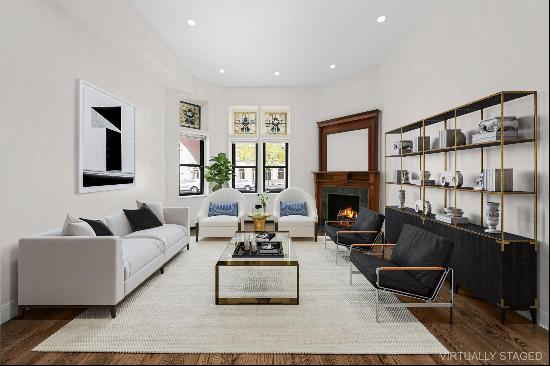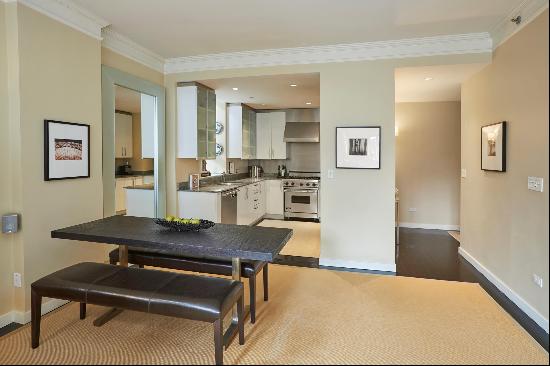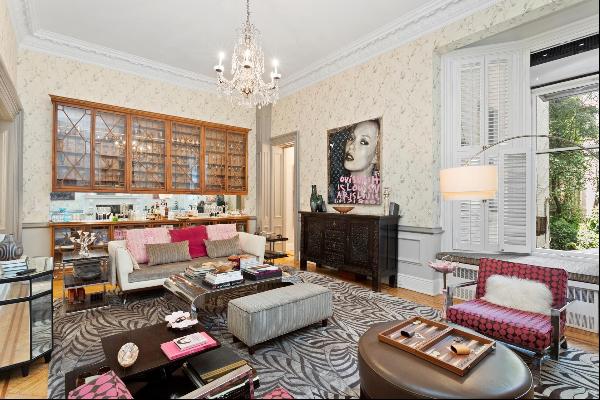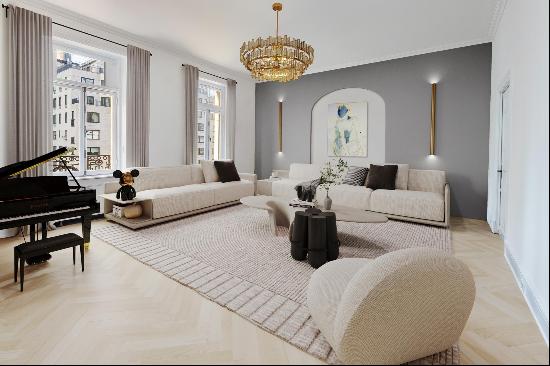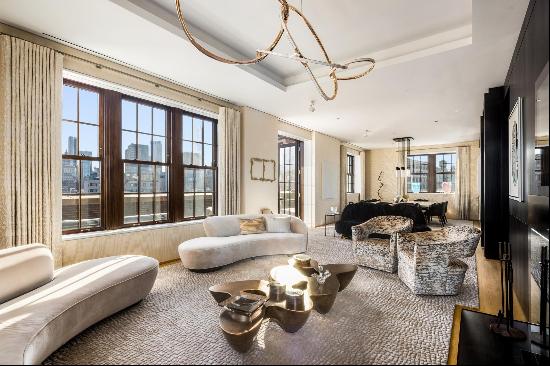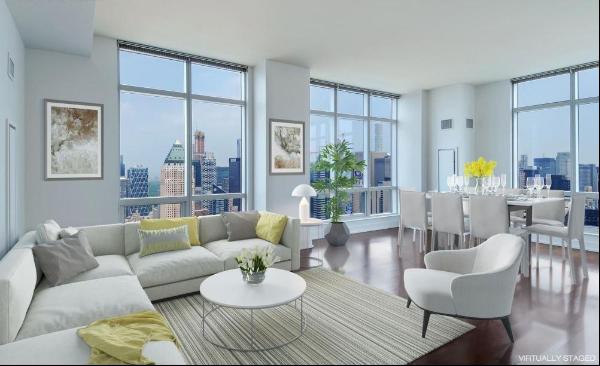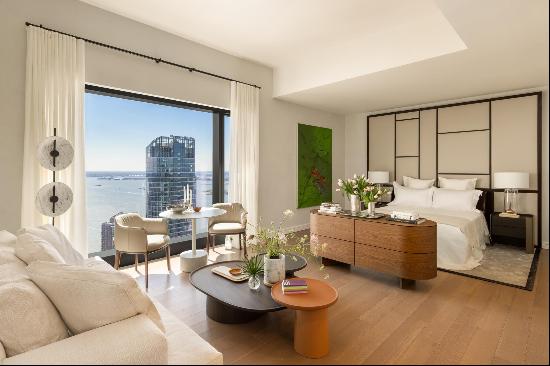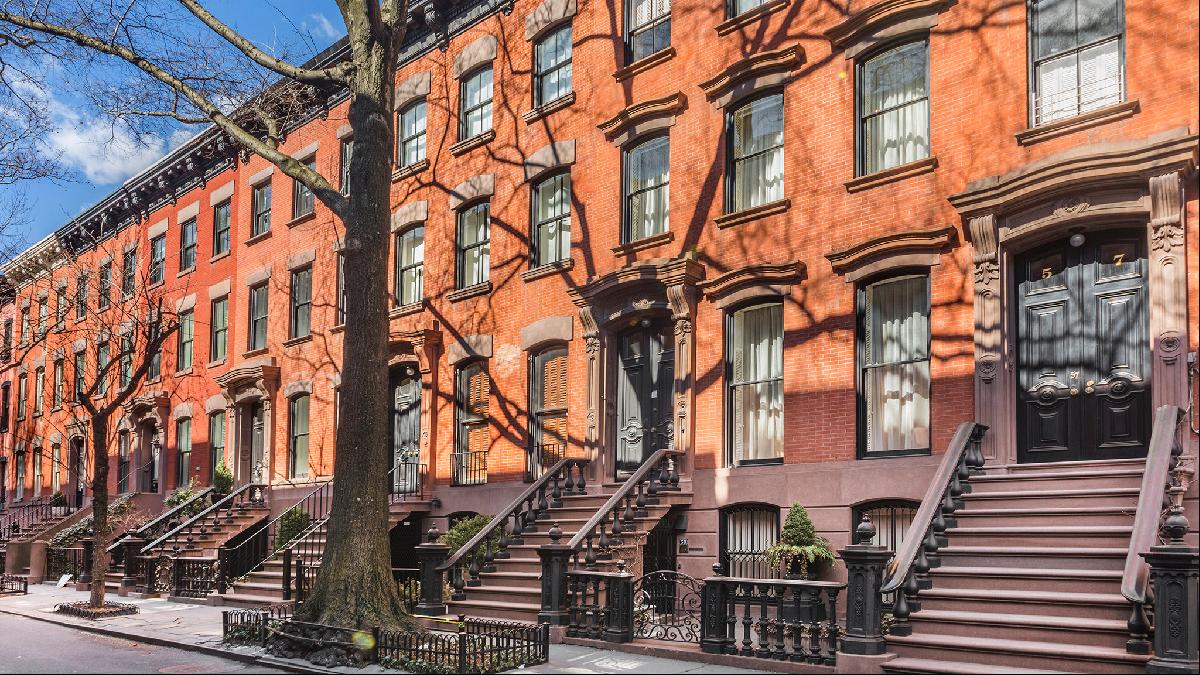
By Huma Qureshi
One of my favourite books is Jhumpa Lahiri’s The Namesake. I love it for many reasons: the themes of family and of living — as I do — with an inherited south Asian culture, but mostly the search for somewhere to belong and a place to call home.
The story starts in the late 1960s, when the protagonist, Gogol, named after the 19th-century Russian novelist, is born. But it is when he is living in New York in his mid-twenties that he starts to think about what he really wants, who he really is.

Gogol is charmed by the home of Maxine Ratliff, a girl he is dating. She lives with her parents in a red-brick Greek revival house in Manhattan’s upmarket Chelsea. As a young architect, he falls in love with the precise details of the property. Standing outside it for the first time, he notices the black panelled door, the window frames, the cast iron railings. Inside, he admires the stripped floorboards, the large windows. The kitchen occupies an entire floor; every hall is lined with shelves stuffed with books. In many ways, he loves the house, and the lifestyle it exudes, more than he does Maxine because it is so very different from the house in which he grew up, a house which to his eyes is “ordinary”.
Every time I read The Namesake, I too fall in love with the beautiful house where Maxine lives. Maybe it is because I also grew up somewhere that might be considered ordinary; maybe it is because I will soon move to one too, leaving behind the north London neighbourhood that I love, where the pretty period properties that line the streets have expensive price tags and lack the proportions my growing family of three small boys needs.

Perhaps too it is because the Ratliff home offers a different way of living. I am the sort of person who likes things to be simple and tidy, constantly putting things back in their place. The Ratliffs do not live like this. They leave the dishes until morning and there are always hundreds of things covering Maxine’s floor. Though part of me shudders at this, there is another part that wonders what it might be like to relax and let go of my impulse to be so neat. What would it be like, I also wonder, to have so much space to fill? Because if one did have the privilege of space, why not follow the Ratliffs and fill it with art, books, paintings and wonderful things?
This stunning seven-bedroom house on West 88th Street, at $14.5m, is exactly the sort of house that epitomises the Ratliffs’ moneyed New York life. A restored townhouse built in the 1800s, it is breathtaking. Like Gogol, I imagine staring up at the flawless brick façade, and the handsome carvings, before making it up the elegant steps to the front door. Inside, every high-ceilinged room is flooded with light falling through the huge windows; with seven storeys to call home, I dream of never having to downsize my book collection because I have run out of shelf space.

Or perhaps this house in the West Village, a four-bedroom townhouse on the market for $12.75m, would suit me better. Like Maxine’s, the house (main picture) is beautiful and red-bricked with handsome black window frames. Inside, there is an entire floor for entertaining and a master bedroom with a large walk-in closet. I wonder if it would be freeing for a while, to live so indulgently. But I suspect, like all fantasies, eventually the charm might wear off, just as it eventually does for Gogol.
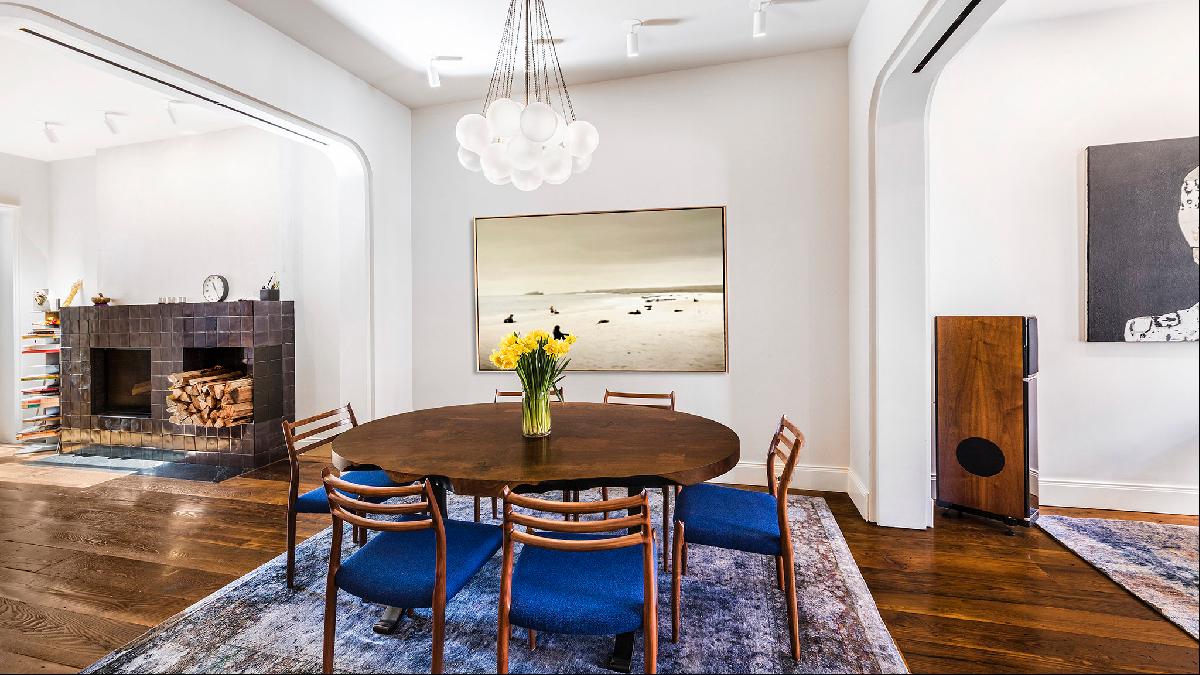
Photographs: Mayfair International Realty; 20th Century Fox via Everett Collection; Barnes & Noble; Christie's International Real estate





